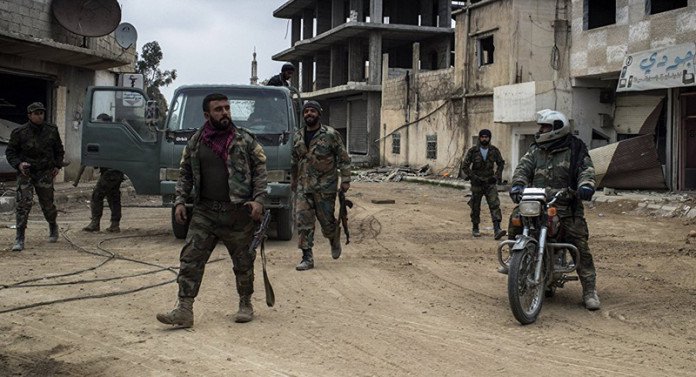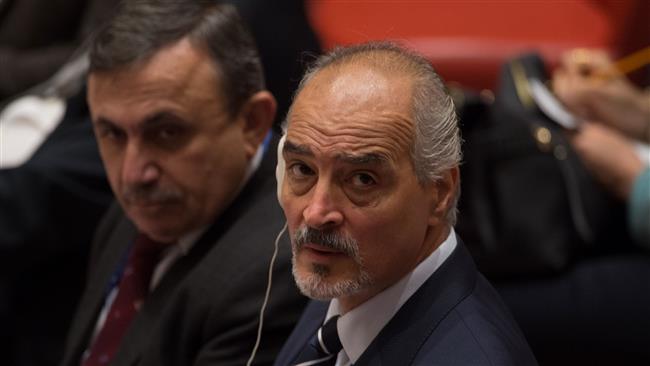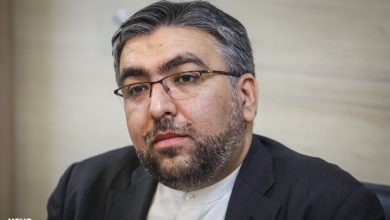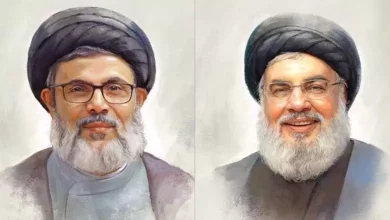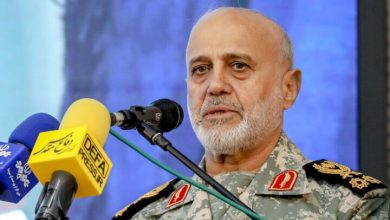Iran vs. Saudi Arabia: Why is Iran Stronger? Who Is Supporting the Agents of Anarchy in the Region?
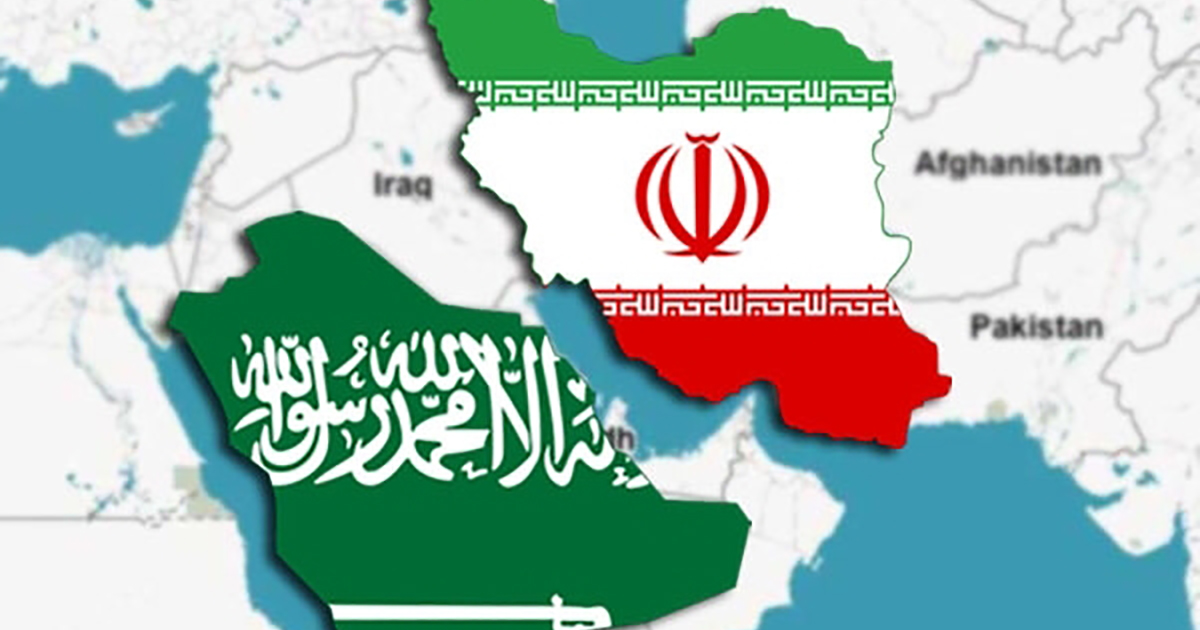

He accused Iran of seeking to take over Islamic holy sites in Saudi Arabia, and added, “We are a primary target for the Iranian regime. We won’t wait for the battle to be in Saudi Arabia. Instead, we’ll work so that the battle is for them in Iran.”
That Saudi Arabia doesn’t have what it takes to “fight” Iran is beyond dispute. However, that’s not the purpose of this write-up. What matters here the most is to find out who is trying to expand its vicious influence in the region and who is supporting the agents of anarchy to this end?
1) Saudi leaders have long sought to counter Iran by inciting Wahhabi Salafi and Takfiri groups as well as extremist Sunnis to take action against Iran. They frame their vicious rivalry and paranoia with Iran in sectarian terms, repeatedly accusing Iran of fueling sectarianism by backing resistance groups in the region. This is while a Carnegie Endowment for International Peace study has concluded that Saudi-backed anti-Shiite rhetoric is much more common online than anti-Sunni rhetoric.
2) The Saudi approach to counter the alleged Iranian threat by backing various terrorist groups in Syria continues to shape Saudi policy towards Iran and Shi’ite Muslims everywhere. Iran, however, has never taken the bait with backing Shi’ite communities in Syria. Quite the contrary, Iran – along with Russia and Hezbollah – are doing everything they can to liberate all communities in Syria, including Sunni communities.
3) The decision by the Saudi regime to execute prominent Saudi Shi’ite Sheikh Nimr al Nimr backfired. The world watched in horror as the regime murdered a peaceful opposition leader in cold blood. No one liked it. The regime is now under immense pressure from the international community to embrace its Shi’ite minority by ensuring that its members have equal opportunity and a stake in society.
4) The Saudi regime’s fake concerns about Iran have further been fueled by the changing US attitude towards the Middle East in general and Saudi Arabia in particular. US officials insist that the two countries do not share common values, only common interests. The same is true about Riyadh’s shared interests with Israel, particularly in Syria.
5) The anti-Shi’ite Saudi approach has sown the seeds for intermittent domestic unrest and repeated international condemnations, particularly from the UN Human Rights Watch and Amnesty International. This has set the stage for a desperate Saudi effort to ensure that Muslim communities across the globe empathize with Wahhabism rather than Shi’ite beliefs.
6) The rise of ISIL and comparisons of its Takfiri-Wahhabi ideology to that of Saudi Arabia and the execution of Sheikh Al-Nimr further contributed to a global throwback and regime isolation. The execution was not simply designed to send a message to domestic opposition, nor was it simply intended to send a message to Iran. The execution was part of a deliberate, failed strategy to derail implementation of the nuclear agreement with Iran. So was Saudi Arabia’s refusal to prevent the dramatic drop in oil prices.
What the House of Saud are still doing makes no sense at all. The Saudis cannot and will not be able to exploit the awful situations in Iraq, Syria, and Yemen as a permanent window of opportunity for regional hegemony. Their control of Mecca, money, and outmoded ideology cannot and will not be able to sustain the current mess, let alone establish Wahhabism and Salafism as a major force in the Muslim world against any appeal Iran might have. That window of opportunity no longer exists, as the Saudi agents of anarchy, ISIL and Al-Qaeda, are in various degrees of disrepair. They failed to Balkanize the region and destabilize key enemy states: Iran, Iraq, Syria, Lebanon, and Yemen.
It is worth remembering that Saudi Arabia’s destructive vision of the region is also shared by other actors, including the United States and Israel. The first arena for destabilization was Syria and they failed. Otherwise, the Balkanization process would have undoubtedly moved on and intensified against Iran, Iraq, and Lebanon.
However, unlike Saudi Arabia and other members of the global criminal syndicate, Iran has an interest in maintaining regional stability and peace. Iran has made strong alliances with Iraq, Syria, Yemen, and Russia to limit moves by Saudi Arabia, Israel and the United States to dominate the region. By containing and defeating the Saudi-backed agents of anarchy, the allied forces have managed to stop the Balkanization process to be expanded to other regional states.
All this and more is also a reminder that America’s bogus “War on Terror” is not designed to “liberate” or “democratize” Middle Eastern states. If that had been the case, Saudi Arabia would have been the first state targeted for “intervention” and “democratization.” Rather, the permanent “War on Terror” is part of colonial efforts to violently break apart states that reject US-Israeli hegemony in the region. If still in doubt, Syria offers all the clues we need.
